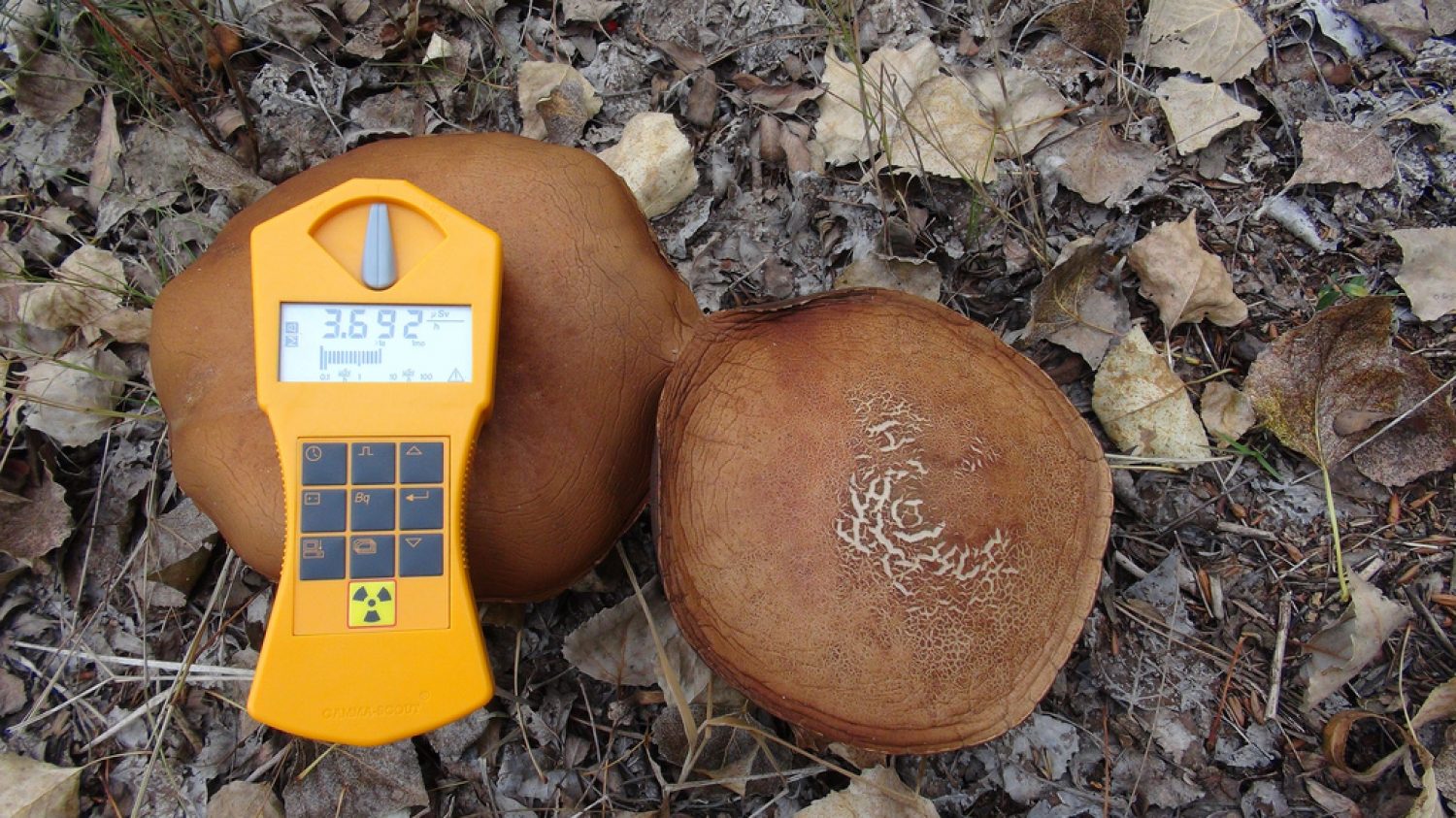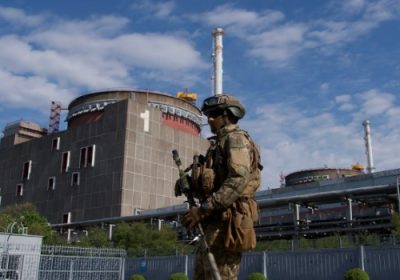A recent report has stated that approximately 95% of wild mushroom samples collected in Germany in the last six years still show radioactive contamination from the Chernobyl nuclear disaster, which happened more than 3 decades ago, in 1986.
High levels of caesium-137 and caesium-134, elements associated with the Chernobyl explosion, were discovered in mushrooms in the south of Germany, the federal office for consumer protection and food safety (BVL) confirmed.
Mushrooms, more than any other vegetable, concentrate radioactivity because their thread-like root systems spread over a large area for several meters on the surface around the plant. As a result, wild mushrooms will hold contamination for much longer than other products.
The Chernobyl explosion expelled 190 tonnes of deadly contaminating radiation 7 kilometres into the atmosphere and was then carried by the prevailing winds northwards on the 26 of April 1986. This accounted for only 3% of what lay in the reactor, leaving 97% of the radioactive material rumbling inside the damaged reactor today.
The food-chain remains the main source of recontamination for populations today, and some areas of land in the Chernobyl region will remain radioactive for 24,000 years.
Information sourced from Reuters.








